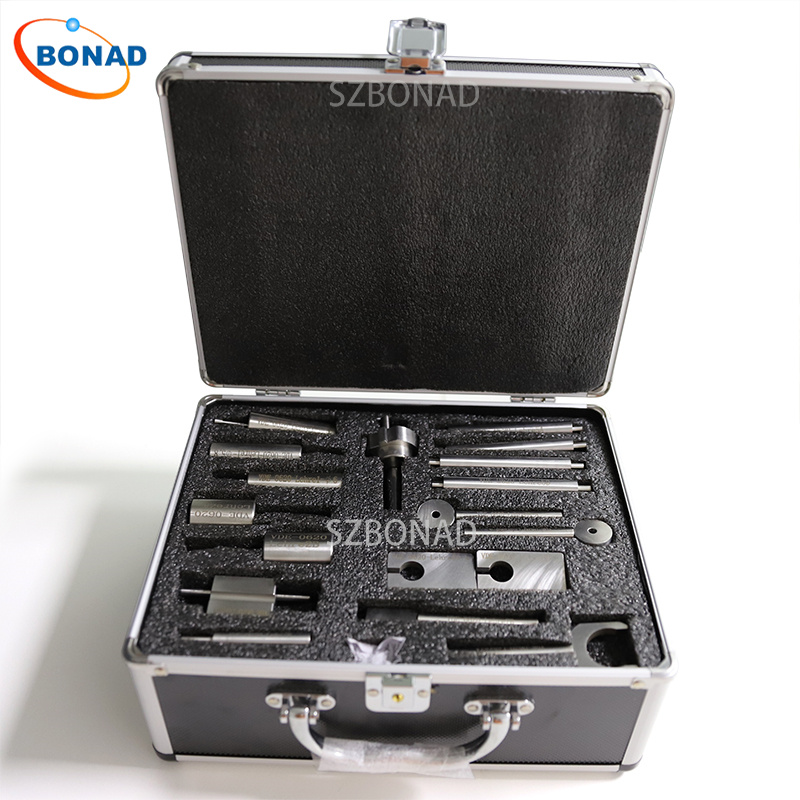In the world of shipping, storage, and handling, products are often subjected to unexpected shocks and falls. The drop test is a crucial method for assessing the durability of both products and their packaging under these conditions. This test helps ensure that items can withstand potential impacts during distribution.
This article delves into the essentials of drop testing, its mechanisms, and its significance for manufacturers. Whether you’re dealing with electronics, medical devices, or everyday goods, understanding drop tests can help reduce costs, minimize returns, and boost customer satisfaction.
What Does a Drop Test Assess?
Drop tests evaluate a product’s ability to withstand accidental drops without sustaining damage. Given that such incidents are unavoidable during handling and transport, manufacturers perform these tests to predict and mitigate potential damage. This testing is especially vital for fragile electronics, packaging materials, and any products susceptible to breakage.
The Purpose of Drop Testing
The primary goal of a drop test is to determine how well a product or package can endure impact and shock. A properly conducted drop test simulates real-life scenarios where products might face rough handling or jolts during transit.
By replicating these situations, manufacturers can pinpoint design or packaging weaknesses and make necessary adjustments to reduce breakage, extend product life, and enhance customer satisfaction.
How is a Drop Test Conducted?
Drop tests generally employ specialized free-fall drop testers—machines designed to repeatedly drop a product or package from a set height. The height is typically determined by the product’s weight and intended use. Items are dropped onto various impact points such as:
- Surface: Testing the broad sides of the item.
- Sides: Dropping on sides or corners for maximum impact simulation.
- Edges: Dropping on edges to mimic awkward falls.
These orientations simulate different fall scenarios, ensuring thorough testing across all potential weak points. The results guide manufacturers in evaluating whether their packaging designs are robust enough for distribution or need modifications.
Key Standards in Drop Testing
Industry standards guide drop testing procedures by setting benchmarks for drop heights, angles, and impact tolerance. Key standards include:
- ASTM D5276: Used for free-fall drop testing of containers to assess packaging resistance.
- ISTA Series: Provides testing standards based on product weight and fragility.
- MIL-STD-810: Mainly applied in military-grade equipment testing under extreme conditions.
These standards ensure uniform testing procedures across industries, facilitating assessments of packaging durability.
Benefits of Conducting Drop Tests
Drop tests offer numerous advantages for manufacturers, logistics firms, and retailers:
- Product Integrity Verification: Ensures product designs can withstand real-world handling.
- Packaging Optimization: Offers insights to refine packaging without excess material costs.
- Reduced Returns: Products that pass drop tests are less likely to be damaged in transit.
- Customer Satisfaction: Receiving undamaged products enhances brand reputation.
- Compliance with Standards: Adhering to standards assures clients of quality.
These benefits contribute to a more efficient logistics chain and improved customer experiences.
Types of Drop Test Equipment
Drop testing involves various equipment types tailored to specific products and conditions. Here’s an overview of some common solutions:
- Drop Dart Impact Tester
Measures the impact strength of plastic films by dropping a dart onto them—used in flexible packaging. - Drop Weight Tear Tester (DWTT)
Tests fracture resistance in pipes/metals by simulating sudden impacts—essential in industries focused on material strength. - Drop Weight Impact Tester
Evaluates material toughness using a weighted hammer—common in materials testing labs. - Package Drop Tester
Assesses packaging durability by dropping packages from set heights—used by manufacturers to ensure goods arrive intact. - Zero Distance Package Drop Tester
Simulates sudden impacts without free fall—ideal for fragile/high-value goods.
Each tester serves distinct purposes allowing companies to evaluate products/packaging under varied real-world conditions.
Applications Across Industries
Drop testing is prevalent across sectors with unique requirements:
- Consumer Electronics: Ensures gadgets like phones/laptops resist damage from drops.
- Medical Equipment: Verifies device durability while maintaining sterility.
- Automotive: Parts undergo rigorous tests for safety compliance.
- Packaging Industry: Confirms packages protect contents throughout distribution stages.
- Logistics/Warehousing: Tests pallets/crates ensuring items survive transit/handling.
Final Thoughts
Drop testing is vital for ensuring product durability/safety helping manufacturers produce resilient goods/packaging. From delicate electronics to sturdy industrial parts it offers insights into real-world performance minimizing breakage maximizing customer satisfaction.
With advanced drop test equipment manufacturers confidently launch rigorously tested products meeting high standards whether needing impact/materials/stress tests BONAD’s solutions provide industry-leading accuracy/durability.


